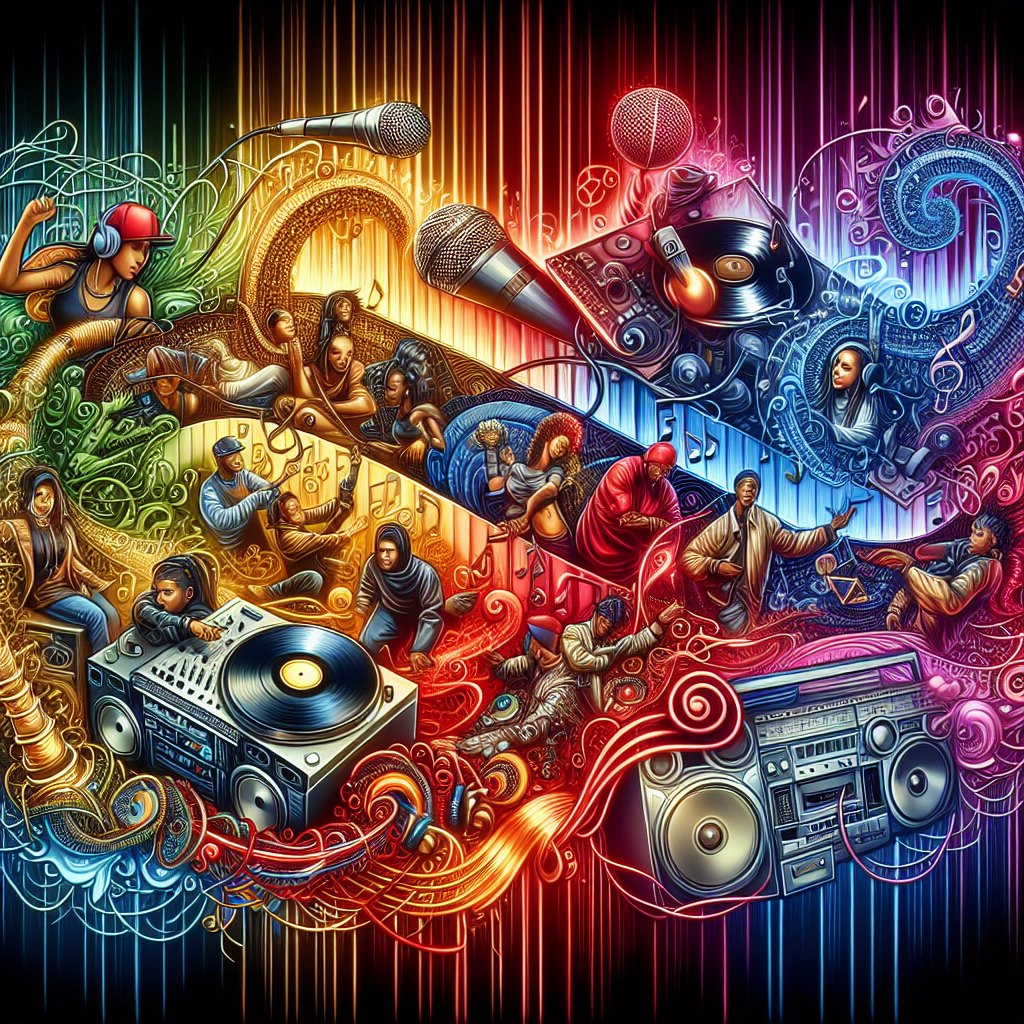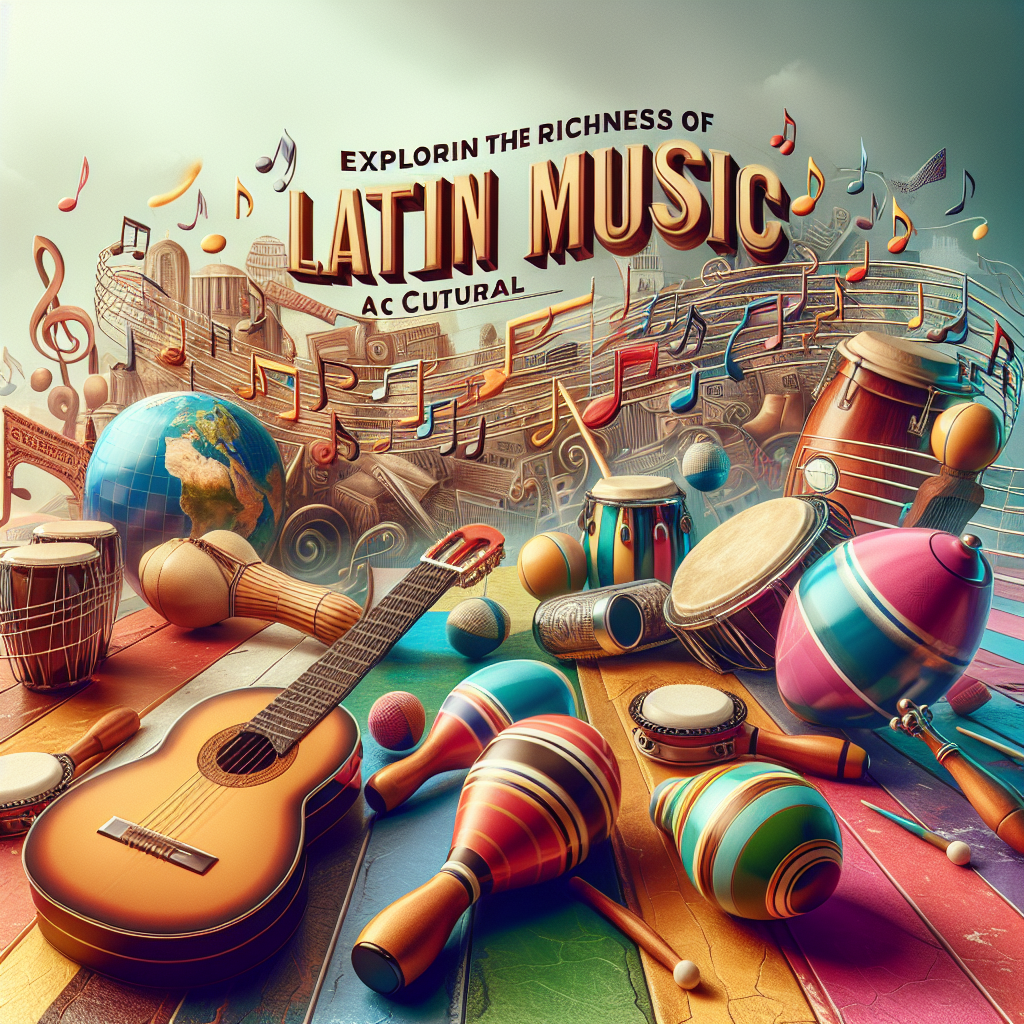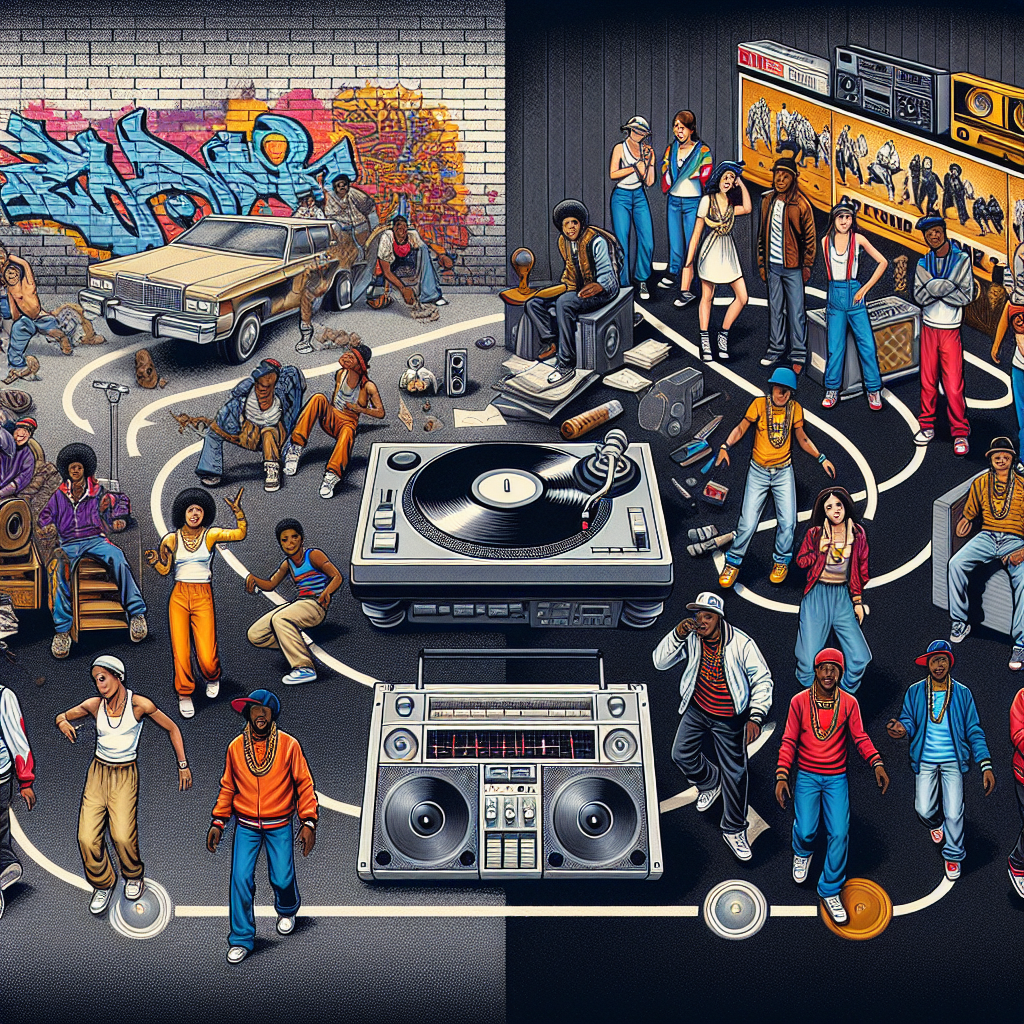Beginning in the 1970s in the Bronx, New York City, Hip Hop emerged as a cultural movement predominantly among African Americans and Latinos. Centered around the key elements of DJing, MCing (or rapping), breakdancing, and graffiti art, it laid down roots from which a vast musical style blossomed, becoming a global phenomenon that we recognize today.
The Origins
The inception of Hip Hop was during an era of heightened creativity and expressions of cultural diversity. Influenced by Jamaican music, notably the toasting style of reggae music, and funk, disco, and R&B, Hip Hop was essentially spun on turntables, creating a fresh, new sound. This new genre began as a form of music which spoke about the social issues that were prevalent in those times, turning adversity into art. Early pioneers like DJ Kool Herc, Afrika Bambaataa, and Grandmaster Flash, among others, are credited as the forefathers who shaped this burgeoning movement.
Emerging Mainstream
In the late 1980s and early 1990s, Hip Hop became more mainstream as it ventured into the commercial music industry. This era, typically referred to as “Golden Age Hip Hop”, birthed some of the most influential and renowned rappers such as Public Enemy, N.W.A., Slick Rick, LL Cool J., Beastie Boys, and many more. With distinctive musical features, it further enhanced the genre with smart lyricism, mainly focusing on Afro-centric themes and political consciousness.
Evolution Towards Modern Hip Hop
The late 1990s and 2000s marked a shift in Hip Hop, moving away from its traditional roots and assimilating with other genres to create new sub-genres such as Crunk, Hip Pop, and snap. During this era, the artists started to focus more on commercial success, leading to the so-called “Bling Era” characterized by glossy music videos, catchy hooks, danceable beats, and lyrics often centered on wealth and fame. Notable artists from this phase include Jay-Z, Eminem, Kanye West, Outkast, 50 Cent, T.I and Lil Wayne.
Hip Hop Today
Today, Hip Hop enjoys immense popularity and has expanded its reach globally. Contemporary Hip Hop is extremely varied, with each artist having their own unique style and sound, often drawing from a broader musical palette than before. Drake, Kendrick Lamar, Travis Scott, Cardi B, Migos, Megan thee Stallion are just a few examples of artists who have made a significant impact in recent years. Hip Hop’s fundamental elements remain present today with continuous evolution, innovation, and incorporation of new influences, proving the genre’s adaptability over time.
Conclusion
Hip Hop’s journey reflects the evolution of numerous societal and cultural dynamics. It’s more than just a genre – it’s a formidable cultural movement that has influenced fashion, language, and overall societal norms across the globe. Embodying elements that are ever-evolving, Hip Hop music will continue to shape and be reshaped by the generations to come, keeping its essence intact while adapting to the world’s ever-changing landscape. And so, the beat goes on.
FAQs
1. When did Hip Hop start?
Hip Hop started in the 1970s in the South Bronx, New York City.
2. Who are considered the forefathers of Hip Hop?
DJ Kool Herc, Afrika Bambaataa, and Grandmaster Flash are considered the forefathers of Hip Hop.
3. Which era is referred to as the “Golden Age” of Hip Hop?
The late 1980s and early 1990s is often referred to as the “Golden Age” of Hip Hop.
4. How has Hip Hop changed over the years?
Hip Hop has continually evolved over the years, moving from a focus on social and political issues to the ostentatious “Bling Era”, then shifting into a broad and diverse range of sub-genres, each with its own unique style and sound.
5. How does contemporary Hip Hop differ from its origins?
While contemporary Hip Hop continues to maintain its fundamental elements, it has become much more varied than its inception with more complex lyrics, diverse music influences, and widespread global acknowledgment.




